Popular Lacrosse Heads
See more Popular Lacrosse Heads
ECD Lacrosse Weapon X
28 Available

Nike CEO
27 Available
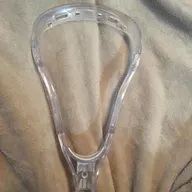
Brine Edge
15 Available

Warrior OG Noz
3 Available

Brine Recruit
10 Available
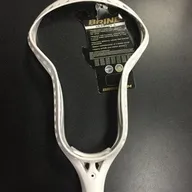
Brine Verdict X
6 Available
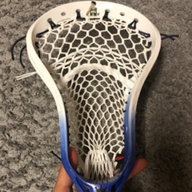
Brine Clutch Elite X
6 Available

Brine Clutch X
6 Available
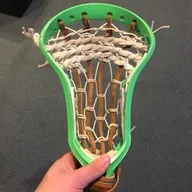
Brine Encore X
9 Available

Warrior Evo X
7 Available

Brine M1
3 Available

Brine Asset
2 Available
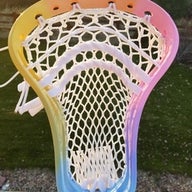
Brine Blueprint X
6 Available

Brine clutch 3 hs
4 Available
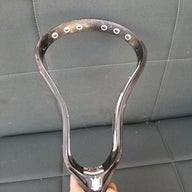
Brine Clutch 3X
10 Available
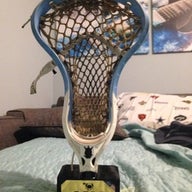
Brine Clutch Elite HS
3 Available
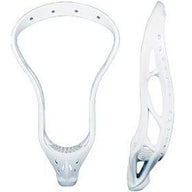
Harrow Crossbow X
2 Available
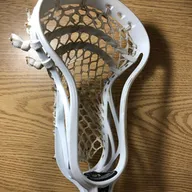
Brine Dictator ST
4 Available
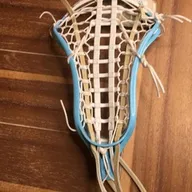
Brine Dynasty Elite
4 Available

Warrior Evolyte X
3 Available

STX Excalibur
7 Available
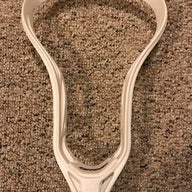
Brine Houdini
7 Available
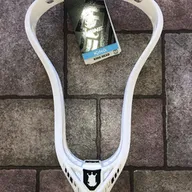
Brine King
4 Available

Warrior Regulator
5 Available

Brine Remix X6
2 Available

Warrior Revo X
5 Available
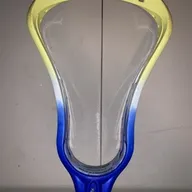
Brine Rocket
5 Available
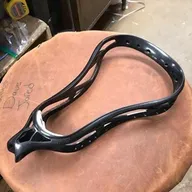
Brine Roughneck
3 Available
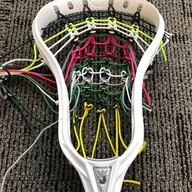
Brine RP3
8 Available

Warrior Savage
4 Available

STX Super Power
29 Available

STX Super Power Plus
16 Available

Gait Torque 3
5 Available

Brine Vapor
2 Available
Shop by Brand
Brine Lacrosse HeadsBrineWarrior Lacrosse HeadsWarriorSTX Lacrosse HeadsSTXECD Lacrosse HeadsECD LacrossedeBeer Lacrosse HeadsdeBeerGait Lacrosse HeadsGaitHarrow Lacrosse HeadsHarrowHEAD Lacrosse HeadsHEADNike Lacrosse HeadsNikeTribe7 Lacrosse HeadsTribe7
57 Results

flynnscheib

CEbert08

GrymesLacrosse

UrbanLaxShop
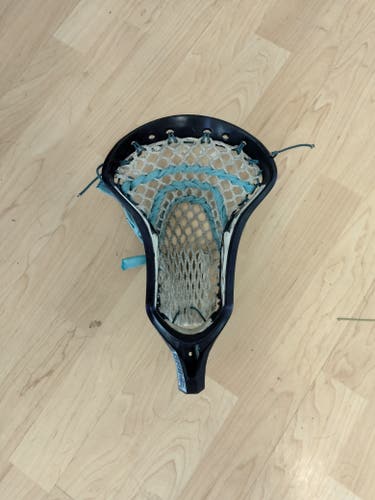
Zdawg11
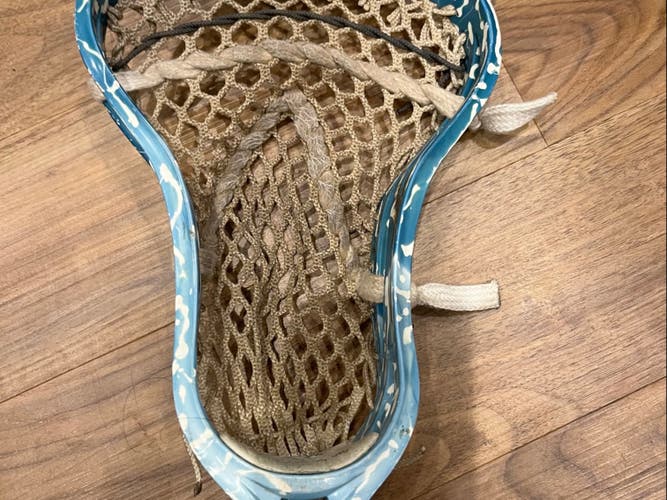
PaulaMc57
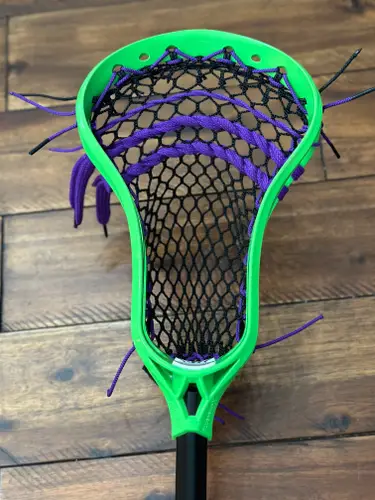
BarDownDyes
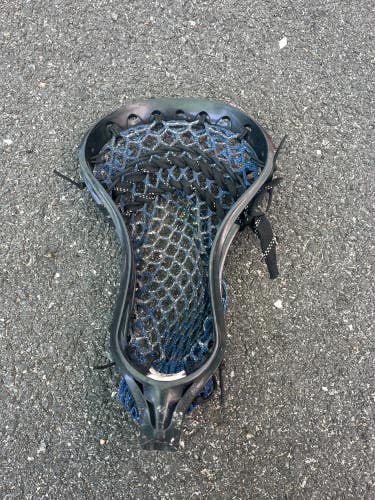
NE_Resellah

donovan_28
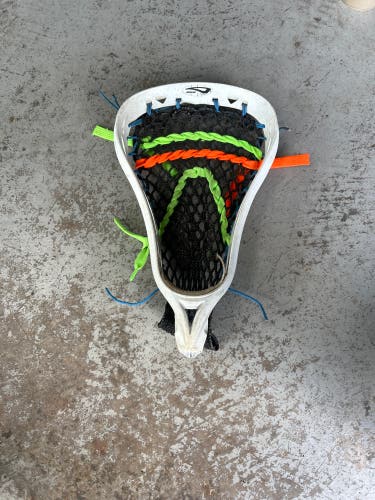
D3_resale

Owenbabs
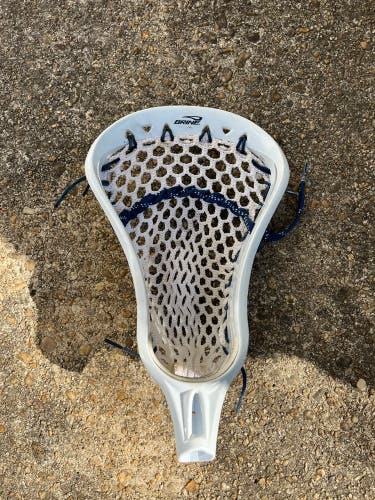
Jackzed17

donovan_28
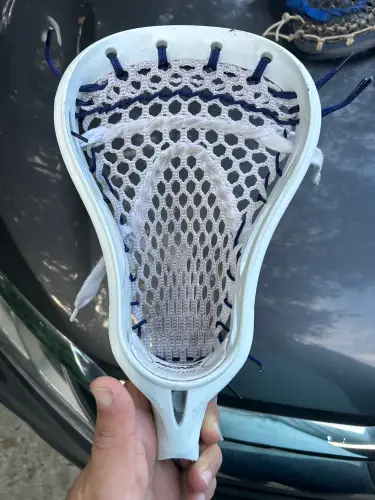
Sbear41mb
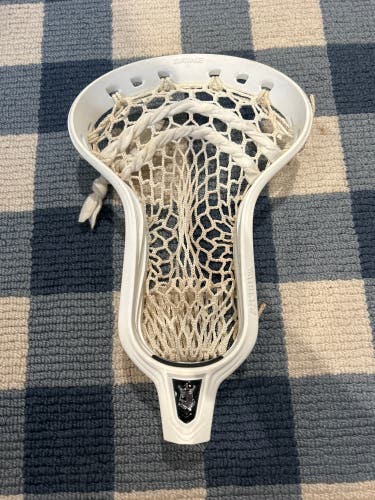
bigsteppa21
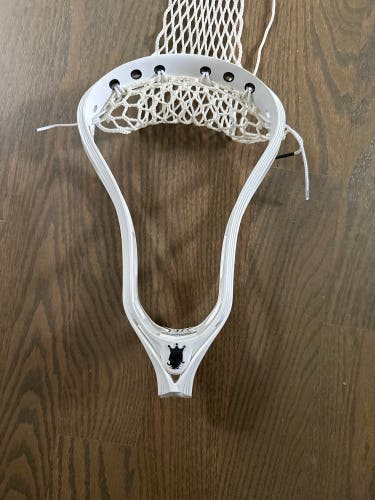
dbrown4483

ThePlayersCloset

ThePlayersCloset

ThePlayersCloset
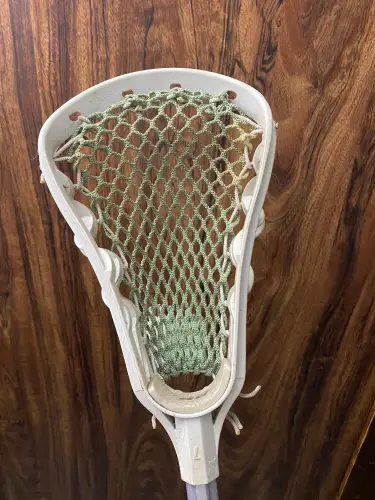
Szechuan_Strings

laxgoalie001

IvanSnow

Radlax21

Sportsequipment

flyover_strings
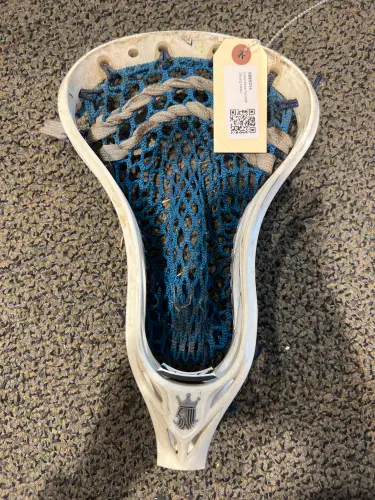
blowout_bargains
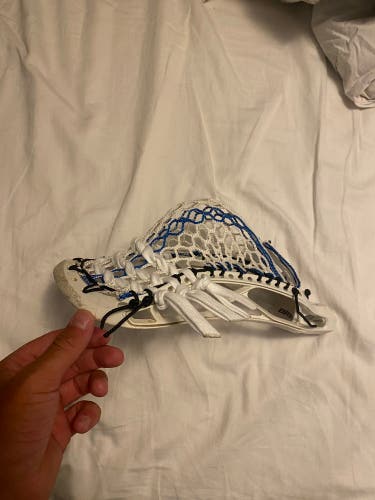
Bstarch28

Clan_Stringing

reos
Blue Used Brine Houdini Strung Head
$17$2119%


Kraken_Sports

